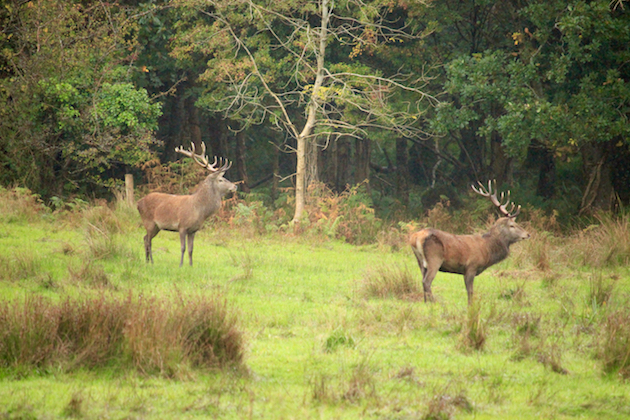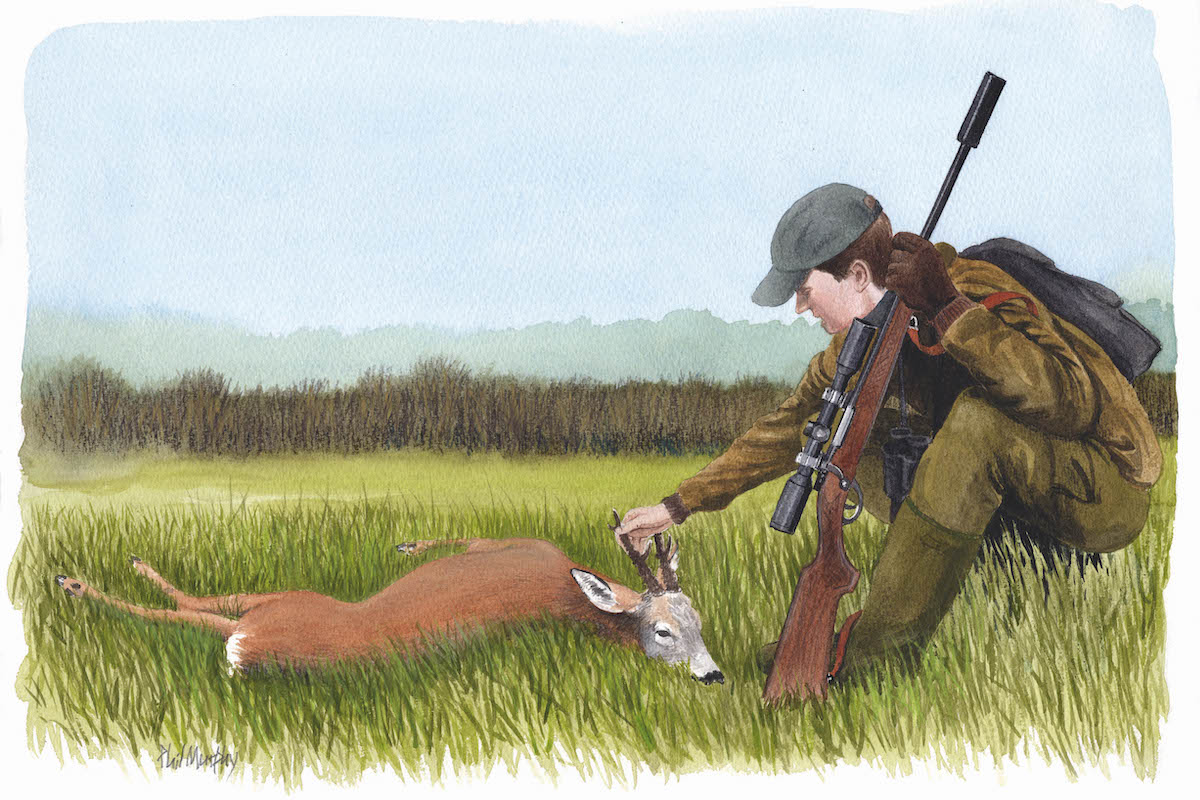Staggering ignorance
The public may be sentimental about deer but herds need controlling for their own good, as an incident in Kerry shows, says Barry Stoffell

The incident in Kerry raised questions about deer management in the county
Deer management, an activity undertaken quietly and in solitude, enjoyed — or perhaps more accurately endured — a brief moment of national attention here in Ireland. An incident in Kerry raised questions regarding the management of red deer in the county.
In late October a red stag was observed by a tour group who had assembled to watch the rut of the wild red deer in parkland close to Killarney. Evidently unwell, the stag had deformed antlers and a pronounced loss of co-ordination in its hindquarters.
Numerous photos were taken and social media was soon alight with wild speculation about a mystery disease affecting the wild deer. The press picked up the story and the local paper ran a front-page photo of the stag, leading with the emotive headline ‘Deer fear’.
Key to the newsworthiness was the iconic status of the herd in question — of all the deer that live on the island, the red deer of County Kerry are something special. The reds that inhabit the wild south-western outpost of the Irish Republic are widely accepted to be the only truly ‘native’ Irish deer left, having been there for at least five millennia.

Deer are a major draw for tourists
Food shortages
While there are plenty of red deer elsewhere — most notably in the Wicklow mountains and the highlands of Donegal — these beasts trace their lineage back to Scottish hill deer and English park stock reintroduced after the native herds were hunted to extinction during the food shortages of the mid-19th century.
When the Wildlife Act was introduced in 1976, the population of the remnant herd in Kerry was down to a little over 150 animals. In recognition of their historical importance, the act granted them protections that persist to this day. A wild red deer in County Kerry may only be shot under a special Section 42 licence. Under this protection, the population re-established itself and the county is now home to more than 1,000 red deer.
The vast majority of these animals live in and around Killarney National Park: 26,000 spectacular acres of mixed mountains, lakes and woodland formed from the amalgamation of the Knockreer and Muckross estates.
Management of all deer within the park falls to the National Parks & Wildlife Service (NPWS), which has become the custodian of this natural resource. The park is not fully fenced and relies largely on geography to keep the deer in place. However, every year a significant number of reds turn up on the farmland around the margins of the park and are culled by stalkers under Section 42 licences.
The deer population in the national park, which abuts the vibrant tourist town of Killarney, is the subject of constant public scrutiny, as shown by the speed at which the story regarding the sick deer spread.
Online, the experts weighed in from far and wide. The symptoms were consistent, some said, with a condition known as ryegrass staggers. Ryegrass can be contaminated with a certain endophyte fungus that produces toxins such as peramine and lolitrem B which, once ingested, cause the animal to lose co-ordination of its rear legs.
Tests
A small number of other deer were spotted, all on parkland close to the city, in a similar condition. The NPWS culled the affected deer and quite sensibly refused to comment on their condition until further tests were performed on the carcasses, though it was pointed out in a short statement that there was no ryegrass within the national park.
The results of these tests have yet to be released. But as the social media storm subsided, a few saner heads quietly pointed out that the reality is likely to be far less dramatic than ryegrass fungus and, sadly, not entirely unexpected.
The density of the wild deer population in and around Killarney has been raising eyebrows for some years among local deer managers. On the lush park and grassland around Knockreer House, in particular, the numbers have been increasing steadily and now far exceed what would be considered normal. A large number of these animals now permanently inhabit the grassland and, in the absence of any hardship, they have achieved reproduction rates comparable to farmed deer.
Wild deer numbers in this concentration, while undeniably a terrific draw for tourists, are simply not sustainable. Notwithstanding the irreparable damage that has been done to large swathes of old-growth forest around the margins of their range — itself supposedly protected under EU habitat directives — the deer are placing ever greater demand on the limited acreage of grass.
As a direct result of the chronic overpopulation, some experts have suggested that the latest episode may be the first instance in the wild deer population of a condition quite common in farmed deer — that of enzootic ataxia as a result of trace-element deficiency. Persistent overgrazing an area leads to deer ingesting small amounts of soil alongside the rapidly diminishing grass. Once inside the rumen, this accumulates and inhibits the uptake of vital trace elements, in particular copper.
Improving deer management
The British Deer Society (BDS) is renowned for its promotion of deer welfare and best practice management as well as…
Deer seasons in the UK. When can deer be hunted?
The deer seasons in the UK have been precisely organised to give deer protection when they need it, to produce…
Copper licks
In farmed deer, this condition is quickly recognised and treated with copper licks or, in more extreme cases, boluses. In a wild deer population, the most practical and sustainable remedy is a significant reduction in the deer density of that particular area.
Until the full results of the deer necropsies are made public we won’t know what’s wrong with the wild reds of Killarney, but it seems likely that soon the NPWS will have to make a difficult decision.
Culling deer in the public eye anywhere always draws vicious condemnation from those who seem to believe that wild animals are more than capable of deciding to delay having a family until they’ve saved enough for a mortgage on their very own exclusive acre of grass. But anyone managing deer owes it to the beasts they oversee to base their strategy on data and best practice rather than public opinion.










